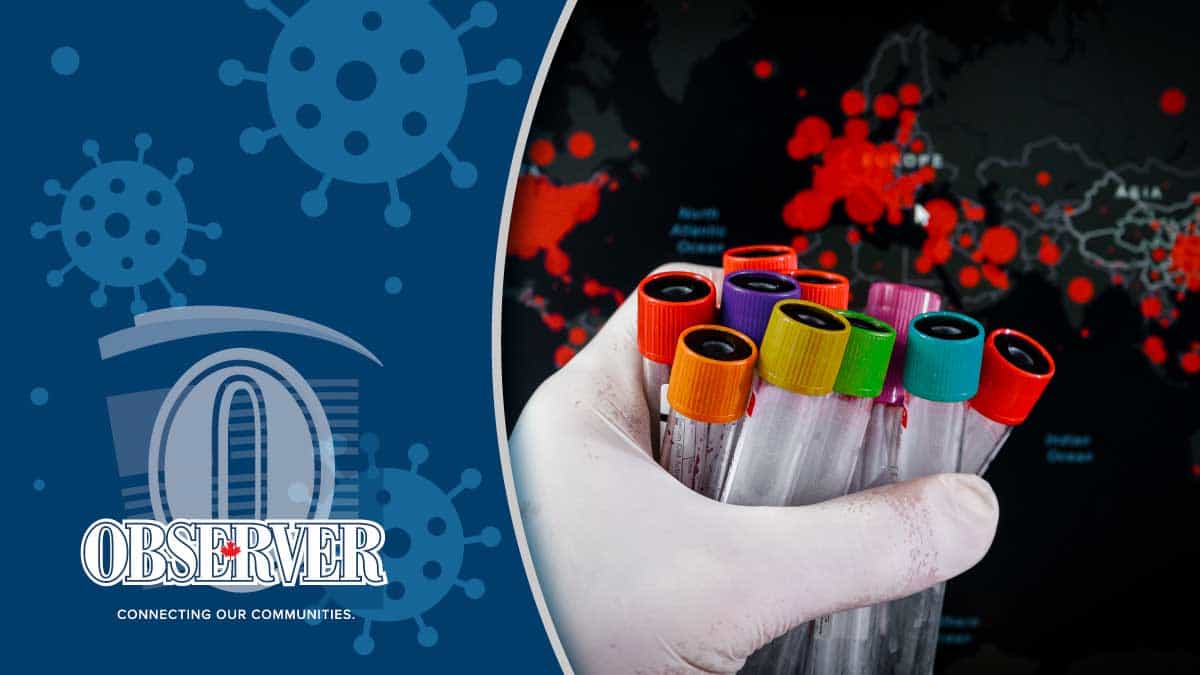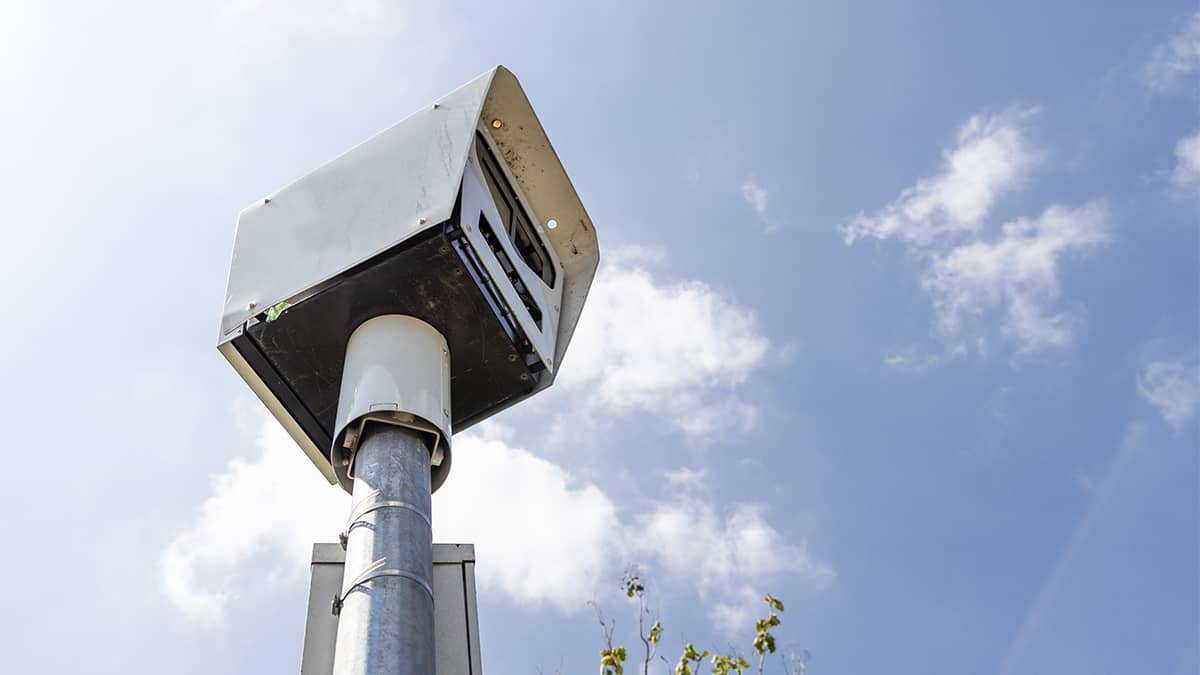The COVID-19 pandemic has now entered the second wave. Last weekend alone, Ontario saw the highest daily increase since the start of the pandemic, and the government has started to take action to try to limit the spread of the virus.
There have also been changes to testing protocols. In Waterloo Region, for instance, walk-in and drive-through clinics have been replaced by appointment-only rules. Provincially, the backlog grows.
With schools reopening and the number of cases rising, there have been calls for better testing, including one from the Ontario Medical Association.
OMA president Dr. Samantha Hill says the wait for testing, which can span hours at a time, are a concern for people waiting to be tested as you could be mixing people who are not necessarily sick with those who are infected with COVID-19.
“We were unhappy with the wait lines that seem to be created by the COVID testing as it is currently instituted. I won’t elaborate too much more, but basically the idea that people might have to wait six hours in line with those people who are truly sick and probably need to be tested more than others. Also we bet a lot of people who just don’t have the patience to stand in line for that long so it’s a detriment to testing at a time when we think that testing is really important,” said Hill. “What we have seen is multiple stories of really extensive waitlists, including people who were there in line with six children or elderly people who were standing in line. And at the Ontario Medical Association, our job is really to try and advocate for physicians in the public health system. That’s what we’re doing on a day to day basis and so in the middle of a global pandemic, it was just necessary for us to make a call to try and revise that or fix that. It was and is still a current problem.”
In a release, the OMA urged the government to do four things to help ensure that a patient-centred approach was in place to combat the second wave. The requests included revising criteria to focus testing on priority populations, continue the expansion of the provinces testing capacity, reducing the barriers to testing in high incidence neighbourhoods by continuing to expand the use of mobile teams, and work with partners to expedite the approval and implementation of point-of-care testing which will improve the speed of test results.
The government of Ontario acted by investing $1.07 billion to expand testing for COVID-19, as well as case and contact management within the province.
“We’ve put over $1 billion on the table to help track, trace and isolate cases of COVID-19 through the largest and most robust pandemic testing initiative in the country,” said Premier Doug Ford in an earlier release. “By ramping up our daily testing capacity to 50,000 tests and closely monitoring our long-term care homes and schools, we can quickly respond to any outbreaks and surges and stop the spread of this deadly virus in its tracks.”
Hill says this is a step in the right direction, but there is still work to be done.
“Honestly, I think we are pleased to see that the government’s moving forward with many of the important changes that we asked for, there is still obviously work to be done. Some of that is about to the lineups continuing to be long, but some of it is just about the capacity of the current infrastructure. And so we’re committed, the doctors are committed and the OMA is committed to continuing to work with governments so that we can speed up all of the components of getting results. Getting testing done more efficiently and getting results back faster. It falls, as we return indoors including kids returning to school the testing needs are going to continue to increase,” she said.









